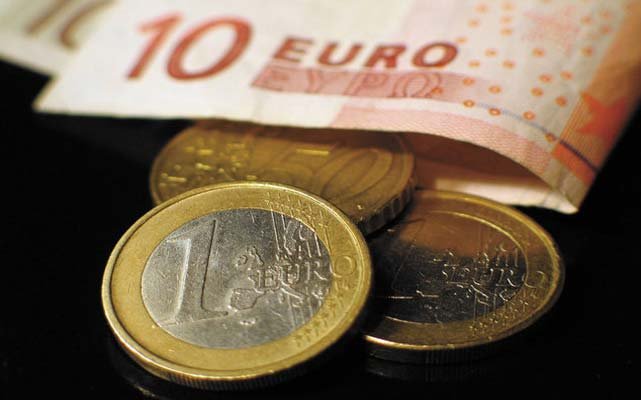The much-anticipated Jackson Hole speech by US Federal Reserve chair Jay Powell delivered the expected about turn in his thinking on rate cuts. Following a summer of fence-sitting by Mr Powell, as he played for time as US tariff policy evolved, the Fed chair gave a relatively dovish speech at the annual central bank conference.
The dollar had been quite sensitive to incoming news in the days preceding Mr Powell’s comments. The currency generated some upward momentum in the lead-up to Friday’s speech, as better than expected US macro data, some less dovish Fed speaker’s comments, and an associated firming in rate expectations provided support to the currency.
EUR/USD was operating in and around the $1.16 threshold, while GBP/USD was trading down at the $1.34 mark heading into Powell’s speech on Friday afternoon.
However, the dollar saw a reversal of fortunes on the back of Mr Powell’s remarks. His comments were more dovish in tone, and he opened the door to a rate cut in September. He said the “shifting balance of risks may warrant adjusting our policy stance”.
The market went from attaching a ‘pre-speech’ 70% probability to a September cut to about a 90% chance in the immediate aftermath. This in turn put the dollar back on the defensive. As trading gets under way this week, EUR/USD starts the week up in $1.17 territory and GBP/USD is operating back above the $1.35 threshold.
The question remains as to what might have shifted Mr Powell’s view since his last Federal Open Market Committee (FOMC) press conference in July? The obvious answer is the sharp downward revision in US payroll jobs through the summer. The data showed the US economy added a meagre 35,000 per month on average between May and July.
These unexpected revisions prompted the firing by US president Donald Trump of the head of the statistics agency which compiles the data, the president unimpressed as he was with the numbers.
However, the weak payrolls also brought renewed political pressure on Mr Powell and other FOMC members to cut rates, with some, such as US treasury secretary Scott Bessent, calling for a bumper 50bps cut.
With Mr Powell’s shift, under duress or not, it looks like a majority is emerging for a cut in September. The unusual split among the Fed’s board of governors on monetary policy in July (two rebels voted for a 25bp cut) also highlights the growing risk to the independence of US monetary policy as the government piles pressure on Mr Powell in the final months of his term, and internal and external candidates jockey for position in the race to be the next chair.
With one Trump loyalist already temporarily installed on the FOMC, and the potential for others to emerge, markets may have to begin price in some erosion in Fed independence and a bias towards lower rates, even in the face of the inflationary risks from tariffs.
- David McNamara is chief economist at AIB







